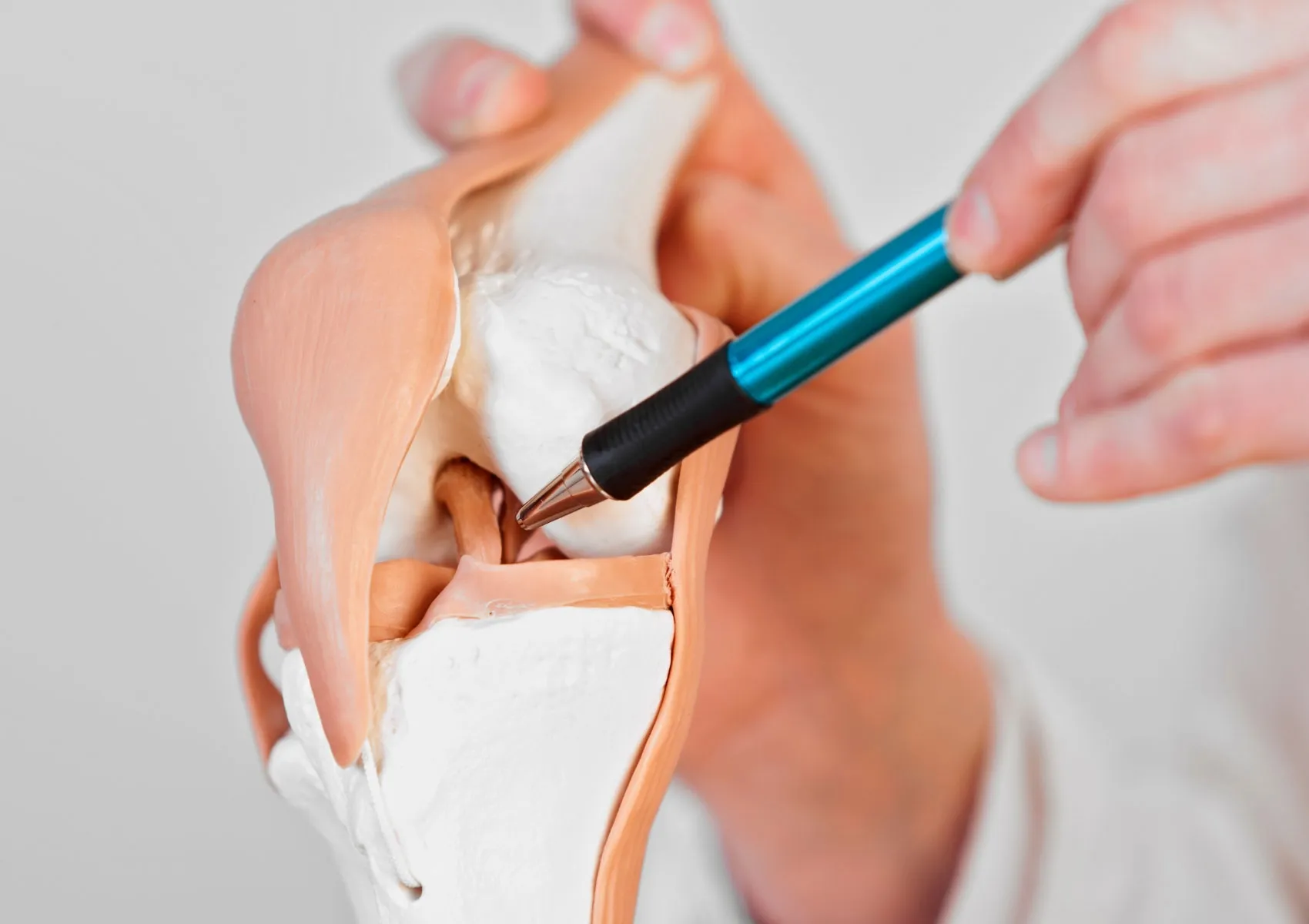What Are the Symptoms of an Anterior Cruciate Ligament (ACL) Injury?
One of the Most Common Knee Injuries in Athletes
The Anterior Cruciate Ligament (ACL) is one of the key stabilizing ligaments in the knee, connecting the femur (thighbone) to the tibia (shinbone). ACL injuries, particularly tears or complete ruptures, are among the most common and serious knee injuries—especially in athletes. These injuries usually occur during sudden stops, changes in direction, jumping, or trauma.
So, how can you tell if you’ve torn your ACL? What are the warning signs? In this article, we explain the hallmark symptoms of an ACL injury and when to seek medical attention.
What Does the ACL Do?
The ACL provides anterior-posterior stability and rotational control of the knee joint. It prevents the tibia from sliding too far forward under the femur and limits excessive twisting. This is essential in sports that involve pivoting or rapid directional changes, such as football, basketball, skiing, and soccer.
How Does an ACL Injury Occur?
- Sudden stopping or cutting maneuvers
- Landing awkwardly from a jump
- Direct blow to the knee
- Hyperextension of the knee
- Feeling the knee "give out" during activity
Key Symptoms of an ACL Tear
1. Audible "Pop" Sound
Many patients report hearing or feeling a popping sound in the knee at the time of injury, often described as a “snap” or “tear.”
2. Sudden, Intense Pain
Sharp pain is typically felt immediately after injury. It may decrease after a short while, but this can be misleading.
3. Rapid Swelling (Hemarthrosis)
Swelling usually appears within a few hours. This is due to bleeding within the joint capsule—a strong indicator of a torn ligament.
4. Knee Instability or Giving Way
One of the most classic symptoms. Patients often feel like their knee is "giving out" during movement or standing.
5. Difficulty Walking
Walking may be painful or unstable, especially during the first 24–48 hours. The knee may feel like it shifts or slips.
6. Restricted Range of Motion
Bending or fully straightening the knee becomes difficult due to pain and swelling.
7. Recurring Knee Buckling
If the ACL is completely torn and left untreated, patients may experience frequent knee buckling or instability during normal activities.
What Should You Do After an ACL Injury?
- Avoid putting weight on the knee
- Apply ice to reduce swelling (15–20 minutes, several times a day)
- Elevate the leg and rest
- Use a compression wrap if available
- Consult an orthopedic specialist as soon as possible
- An MRI may be needed to confirm the diagnosis
Who Is at Higher Risk for ACL Injuries?
- Athletes involved in sports requiring cutting, pivoting, or jumping
- Female athletes, due to anatomical and hormonal differences
- Individuals with weak thigh and hip muscles
- Those with a prior history of knee injuries
- Young adults in competitive sports
FAQ
-
Does a popping sound always mean an ACL tear?
Not always, but it is a strong indicator—especially if followed by swelling and instability. Meniscus tears can also cause similar sensations.
-
Can there be an ACL tear without swelling?
Yes. While swelling is common, some ACL tears may not produce significant swelling immediately.
-
Can an ACL tear heal on its own?
Partial tears may improve with rehab, but complete tears typically do not heal without surgical reconstruction in active individuals.
-
Is surgery always necessary?
Not always. In less active or older patients, conservative management may be effective. Surgery is often recommended for athletes or physically active people.
-
Do I need an MRI right away?
If clinical evaluation suggests a torn ligament, an MRI is the most accurate tool for confirming the diagnosis.

